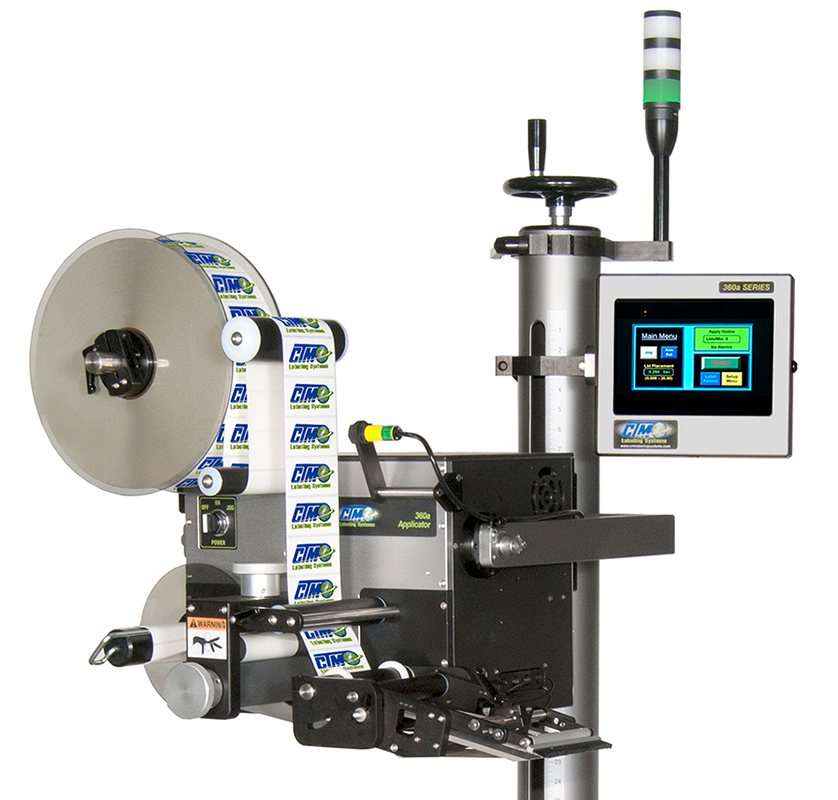Labeling Systems

In web sites, labeling systems are essential for users' convenience. While some labeling systems are purely illustrative, others are more useful for navigation. It is important to use consistent verb-based terminology across the site and avoid jargon or abbreviations. The following are a few of the more common labeling systems. They all benefit users and are important in improving user experience. They also improve usability by making it easier to identify links and pages.
Labeling systems are a series of components that are integrated assemblies of dispensers, label applicators and material handling equipment. They are used in fast label application processes where accuracy is important. There are several types of labeling systems: top-and-bottom, front-and-back, wrap-around, vial, rotary, and semi-automatic. Other types include case and packing aggregation labeling systems, washdown enclosures, and label printers.
Global CTM Labeling Systems can serve as a central repository for labels. Version control, audit logs, and an electronic data repository make them an excellent choice for labeling. They also eliminate the need for engineering drawings. All you need is a label specification and the latest approved version of the label. The system will then confirm the label before it is printed. If a country-specific label is needed, it can be called out with an item number.
Rotary labeling systems are best suited for small-scale companies. These systems apply labels on the front and back of a product without adhering to the product's surface. This type of labeling system uses two labeling heads that are set face-to-face. In front-back systems, the product is brought to the labeling heads on a conveyor. For rounded products, the product passes through a series of rollers. The movement of the product is precisely timed, so the labels are applied to both sides. They are especially useful for packaging products that are flat or rounded.
To design an effective labeling system, you must analyze your content. You can start by identifying categories and defining terms based on what you want to categorize. You can also do user-side testing to test whether your labels are effective or not. Similarly, you should plan for future growth and make necessary changes. You will want to consider the size of your site and the future growth of your site. If you are a small site, you may need to make adjustments to your labeling systems.
One of the most important functions of a Chemical Labeling system is to help users understand what is in the product. Many labels have links that redirect users to certain actions. But these links are often not user-friendly. For example, they contain the brand name of a product. This means that users are not likely to understand the names of branded products or to respond well to their language. It is essential to ensure the accuracy of information on labels in order to prevent confusion and misunderstanding.
Labeling systems vary in their complexity. From manually applied labels to fully automatic labeling machines that integrate themselves into the production process, labeling systems are designed to meet the needs of a specific product. There are also different configurations available, each aimed at meeting different needs. Manually supplied labels can be applied manually, while fully automated labeling machines can apply labels to passing products. These systems are important in small-to-medium-sized operations. Knowledge is power and so you would like to top up what you have learned in this article at https://www.encyclopedia.com/sports-and-everyday-life/food-and-drink/food-and-cooking/labels.
